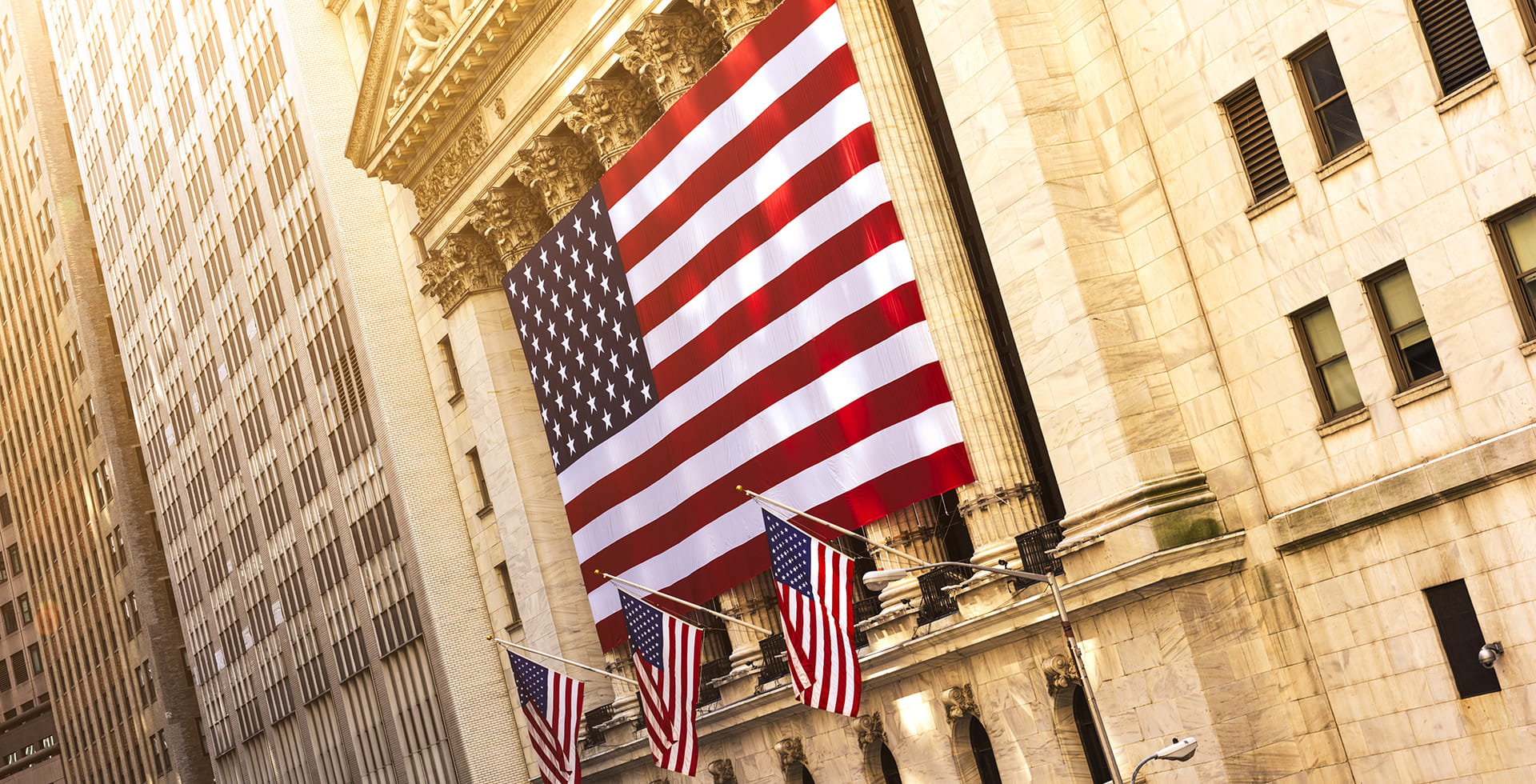Navigating Rates
Where is the safe haven now?

The spike in Treasury yields is noteworthy because in times of market volatility investors usually flock to the relative safe haven of US government debt, pushing yields down. Why are things different this time?
The US government announced its reciprocal tariff policy on 2 April, bringing with it the kind of market volatility that we last saw during the peak of the Covid crisis in 2020. This volatility has been compounded by retaliatory tariffs announced by the Chinese government in recent days. Other governments are being more cautious in their response to the US tariffs, but the risk of an all-out global trade war has grown.
The market response has been uniformly negative, although market participants have drawn some comfort from President Trump’s decision to introduce a 90-day pause on most tariffs. In recent days, risky assets – equity and credit markets – have sold off, with a consequent sharp tightening in financial conditions globally.
Importantly, so-called “safe haven” assets, such as US Treasuries, have also experienced volatility. The yield on 10-year US Treasuries spiked at 4.5% on 9 April although has since settled closer to 4.4% – still a sharp rise compared with less than 3.9% two days previous.
Although in absolute terms these Treasury yields are not exceptional, it is counterintuitive to see such a rise accompany equity volatility. When stockmarkets fall, Treasury yields usually fall too, reflecting the fact that volatility tends to increase the demand for safer, less volatile assets.
What is causing this unexpected pattern?
What we are seeing in US bond markets is not currently about inflation concerns. Indeed, expectations of interest rate cuts have grown again in recent weeks due to the rising economic risks of the trade war.
It could be that the US Treasury price action reflects the fear among investors that a sharp US growth slowdown – or recession – makes an already unsustainable US fiscal outlook even worse. On the other hand, we could just be witnessing a rebalancing among institutional investors or a deleveraging from levered funds.
US dollar also suffering
It is notable that the US dollar is also coming under downward pressure. That, again, is a surprising indicator because the dollar is usually seen as a safe haven currency that performs well as risk sentiment deteriorates. A fall in the dollar could be a sign that markets are questioning its status as a global reserve currency.
Looking forward, the big fear is that the response to the additional US tariff threats in recent days, especially on Chinese goods, is the opening salvo from the big foreign holders of US Treasuries in tariff-hit countries, as they sell their US Treasury holdings. A trade war morphing into a capital war would represent a significant escalation in recent tensions.
In the near term, bond vigilantes may well bring enough pressure to bear on the Trump administration to force a climbdown of the current US tariff stance. If this does not materialise, then any further market volatility may well bring central banks into play via liquidity support or rate cuts.
In this environment, we think yield curve steepeners are the best expression in portfolios, as we expect investors to demand a higher risk premium for longer-dated bonds. The place of refuge at the moment may in fact be the short end of the yield curve.






